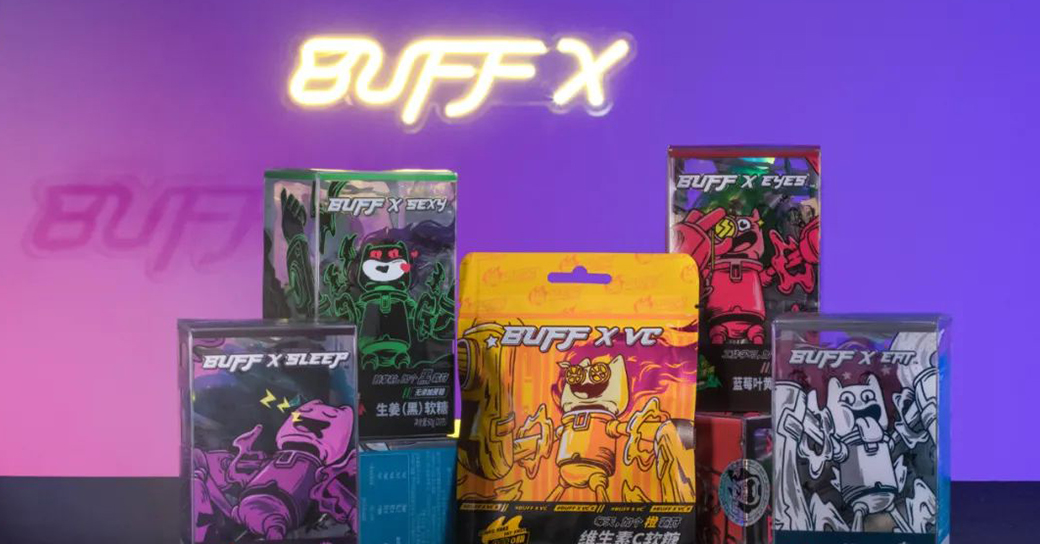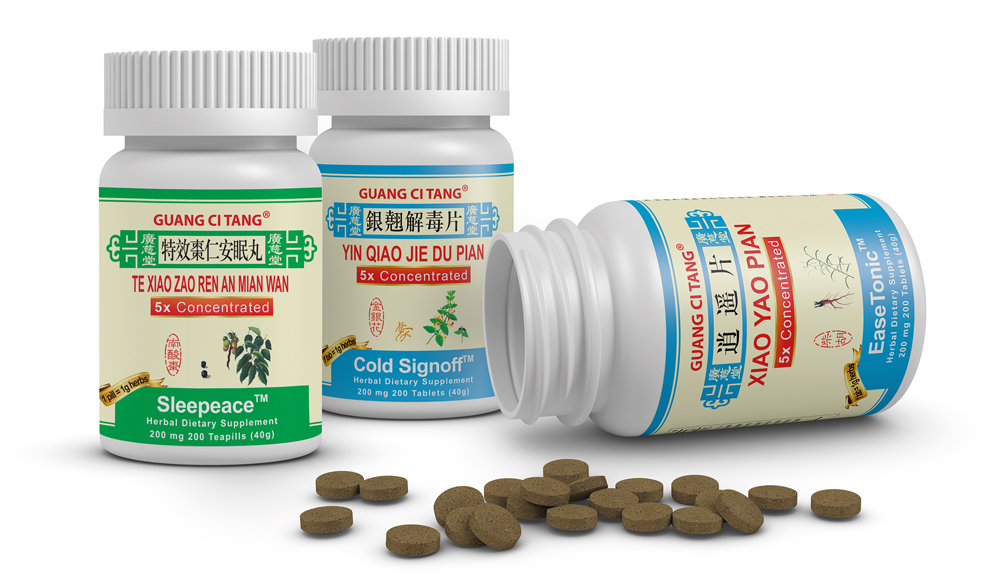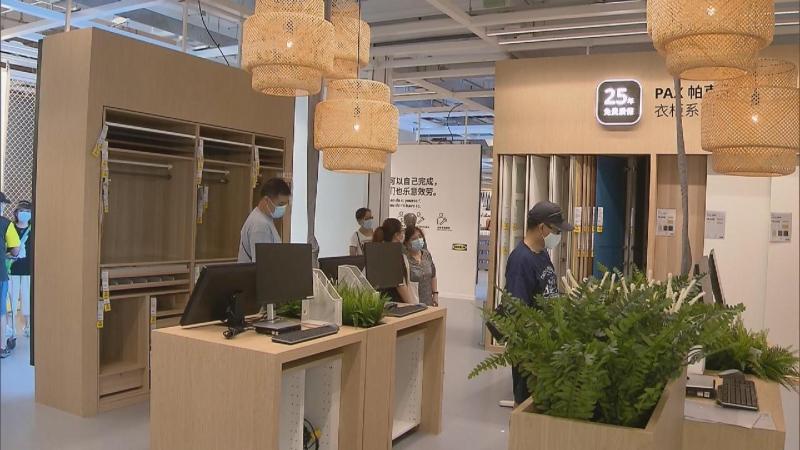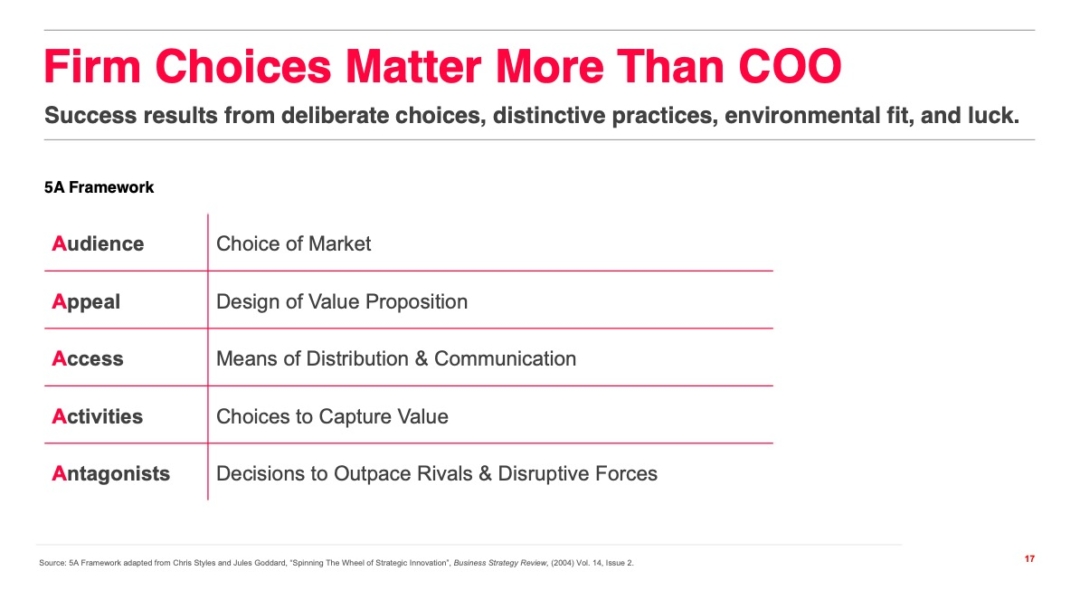The last 18 months have been an important point in AgencyChina’s growth.
We’ve been fortunate to work with household names (like Johnson & Johnson), as well as up-and-coming brands (like VeraCova). Our insights and expertise has been recognized by Wall Street Journal, Bloomberg, Reuters, Vogue Business and Business of Fashion. We’ve also added consumer research and e-commerce teams to complement our core marketing and social media business.
Over this period, whether our partners are large or small companies, there’s something that unites them: a winning aspiration.
That is, our partners enter and operate in China with the mindset to win a sub-category or niche. They don’t just play to ‘get a slice of the action’.
This article explains why this is important.
What’s a Winning Aspiration?
We’re big fans of Playing to Win, and we hope you are too. For those familiar with it, you’ll know a wining aspiration starts the strategic choice cascade.
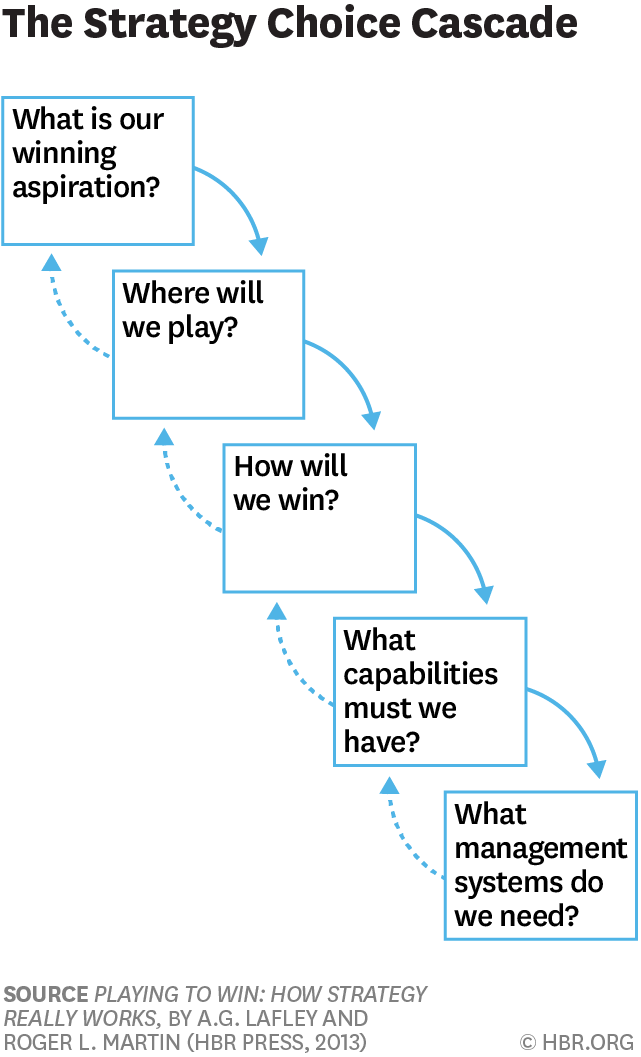
The operative word is “winning”. The simple reason is, that if you’re not winning, you live in fear of the competitor in your space that is. If they’re winning and you’re just participating, they can use the resources that derive from winning to beat you up.
The only place in competitive endeavors with any degree of safety is that of the winner. If you’re not winning or attempting to unseat the winner, you’re simply playing a game that will leave you bruised and battered with only marginal gain to show for it.
So, what do winning aspirations in China look like?
Winning aspirations start from framing questions the right way.
- If you’re entering the China market for the first time, then your research questions should look more like “What will it take to win in x category?” rather than “What do we need to enter China?”.
- If you’re already in China but not seeing the results you want, you may need to ask “In what sub-categories can we focus on to win?”, “What do we need to win in the channel?” or “What will it take to win with light buyers/heavy buyers?” rather than “How can we turn things around?”
- And, if you’re in China and already seeing positive results, you should be asking “How can we extend our advantages to win further in the future?”
The insights you gain from these questions may lead to winning aspirations like the examples below:
- “Our winning aspiration is to be the ice cream with highest brand recall” (general winning aspiration)
- “Our winning aspiration is to be the top brand on Tmall Global for pet supplements next year” (time-bound winning aspiration)
- “Our winning aspiration is to win one in every three purchases of organic baby food in China’s Tier 1 cities” (geography-bound winning aspiration)
- “Our winning aspiration is to be the first foreign bruise treatment cream available in China’s leading supermarket and convenience chains” (channel-bound winning aspiration)
Why is a Winning Aspiration Important?
You get it, a winning aspiration displays your intention to be dominant in a sub-category, channel or with a type of consumer. But why is that important?
First, when you have a winning aspiration, you consider a fuller range of options. Because you’re playing to win, as opposed to playing to participate, you are emboldened to think of new possibilities. Considering a fuller range of options also shows you how many ways there are to win.
For instance, an organic French skincare brand we advised realized it couldn’t win in China from its own brand strength alone. It would stretch and overcommit the brand, without delivering desired returns. So, it sought out a production partnership, supplying a local Chinese brand with organic skincare treatments that supported the brand’s expansion into high-margin categories.
In another example, a Nordic snack food brand we worked with realized that its stodgy packaging wasn’t good enough to meet its winning aspiration in China. So, it redesigned the packaging with Chinese consumers in mind, and came up with smaller formats to better suit the consumption occasions it wanted to win.
Second, when you have a winning aspiration, you find and direct resources appropriately. A winning aspiration, and a clearly-formulated strategy, gives management a better indication of what resource levels – from funds to talent – are needed and why.
Third, a winning aspiration inspires employees, stakeholders and even consumers. It’s tough for your local team to come to work if management are content being #54 in a product category. It’s even more tough for retailers to support, or consumers to repeatedly purchase the #54 brand.
The bottom-line? Play to win, not to participate in the China market.
If you’re trying to work out your winning aspiration in China, or are interested in what categories and propositions could be winners in the categories we keep a watchful eye on, get in touch.


